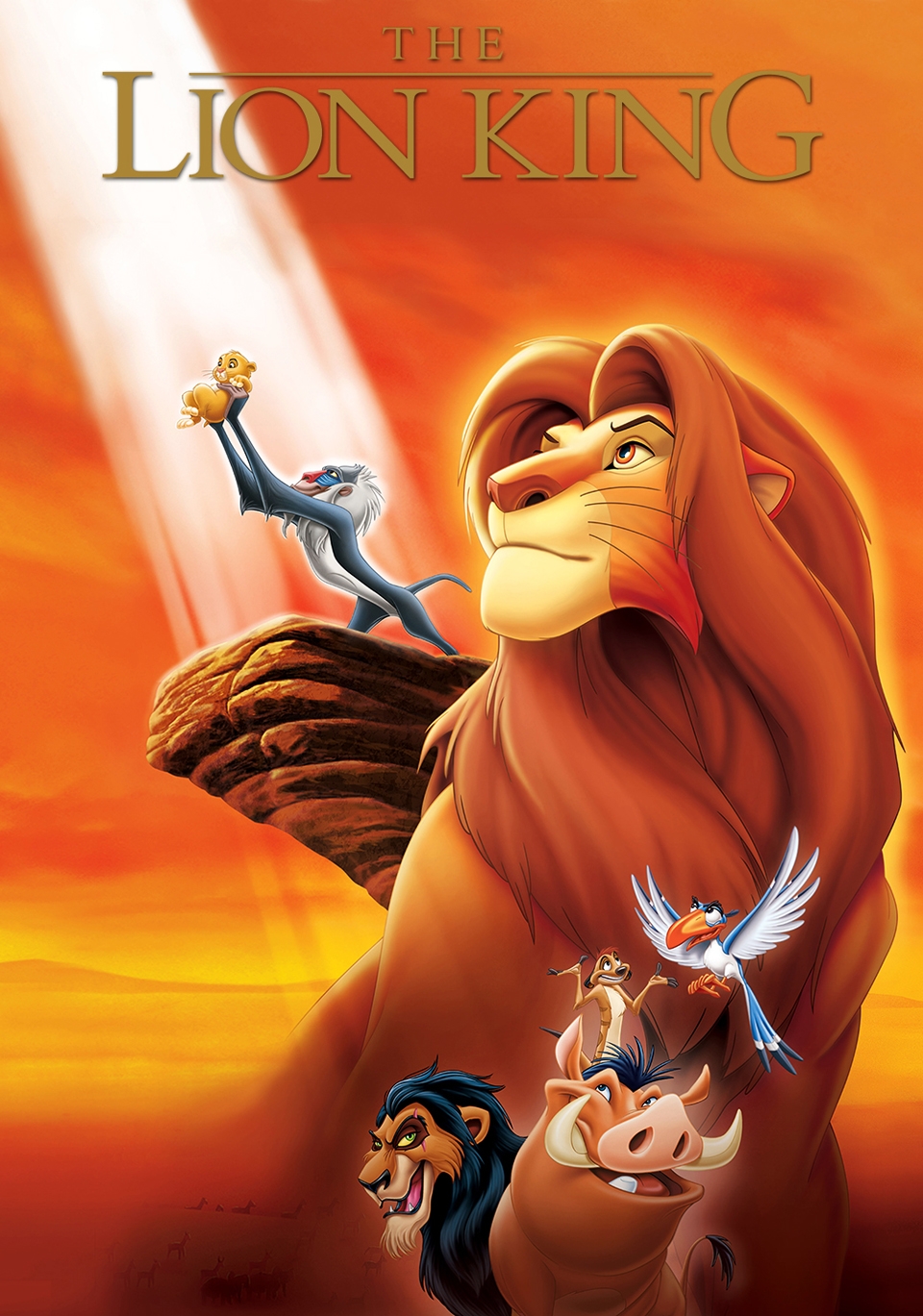11/15/2018
By Zoe Stratos | Staff Columnist
In 2017, more than 70 million people participated in the busiest shopping day of the year: Black Friday. However, with all of the discounts, clearances, price tags slashed and doorbusters up for grabs, is the tradition really worth all the trouble braving sale-crazy crowds? After factoring all of the fine print, thoughtless buys and rip-off sale prices, the “great deals” shoppers claim to have grabbed usually end up racking the end price up and benefiting the stores more than the credit card.
Like the confusion surrounding Black Friday’s legitimacy, the history also has its share of ambiguity.
According to an infographic found on Ama.org and expanded upon on History.com, the term “Black Friday” was first used to describe a financial disaster. Due to the selfishness of Wall Street giants, the crash of the U.S. gold market in 1869 bankrupted the stock market.
The next use of of the term was coined in the 1950s by the Philadelphia Police Department in response to the flock of shoppers who traveled there after Thanksgiving to watch the highly anticipated Army versus Navy football game the following Saturday. Police were required to take on long shifts to keep the chaos to a minimum, as well as to prevent shoplifters from benefiting from the overall craziness of the weekend.
Following the negative connotation associated with Black Friday, in the 1960s, Philadelphians began using the term regularly — even unsuccessfully attempting to switch the term to “Big Friday.” From then on, Black Friday began to catch on across the nation, and again, tracked in a new meaning and historical significance to the phrase.
The most common — and positive — story behind Black Friday partners with retailers going from “red to black” the day after Thanksgiving. Prior to the day, most stores are at a loss, or in the red, but after the day of heightened sales and purchases most create profit, or enter into the black.
Even though it’s said to be the biggest sale day of the year, most retailers have been able to deceive the public through a multitude of methods to get the most amount of money possible out of consumers on the shopping holiday.
As an American pastime, Black Friday comes with a reputation of packed parking lots, overbearing ads and good deals across all stores. However, since everyone has become accustomed to venturing out the day after Thanksgiving every year, the deals automatically sound good. A lot of people, including myself, even go just for fun hoping for a good or pointless buy here and there.
Not only has the day just become routine, multiple holidays following Thanksgiving have taken the place or even have offered better deals than those of traditional Black Friday shopping. Cyber Monday and Small Business Saturday have caused the quality of prices to decline, as less “doorbusters” are necessary on the big day of sales.
The most important part of Black Friday is reading the fine print. Ads and even signs in-store always include small print underneath explaining the return policy, exclusions and time frames. With that said, these types of sales happen often, not only on Black Friday.
Along with fine print, percentages off versus dollars off is important to notice as well. On most ads and signs in-store, the numbers appear much larger than the words, usually making the sale look much more appealing than it actually is. Taking 20 percent off of a $30 object reduces the price only to $24, whereas $20 off reduces the price to $10 — a major difference, and most stores use percentages off.
On another note, doorbuster sales may recur throughout the year during other holiday specials. Specifically, stores like Best Buy, Macy’s and Bed, Bath & Beyond often mark prices as the lowest of the year on holidays like Memorial Day and Presidents’ Day — eventually bringing them back to pose as the lowest sales on Black Friday. This tool is extremely clever on retailers’ end; using the urgency of low price prompts consumers to want to buy the product before it sells out — and they are not even getting that great of a deal.
Another downside to Black Friday shopping is the exclusion of price matching across multiple well-known stores. Target’s policy states price matching is not available from Thanksgiving through the end of the following week.
With all of that said, Black Friday truly is not worth it and does not offer significant sales unless someone does major couponing, ad reading, storefront camping and price comparing. Preparation is key in actually saving a noticeable amount of money in the grand scheme of things.
However, that does not stop millions of people from waking up at 3 a.m., and I do not think it should. Even though Black Friday is a big scam for retailers to create quick profit, the fun and tradition can never be taken away.




